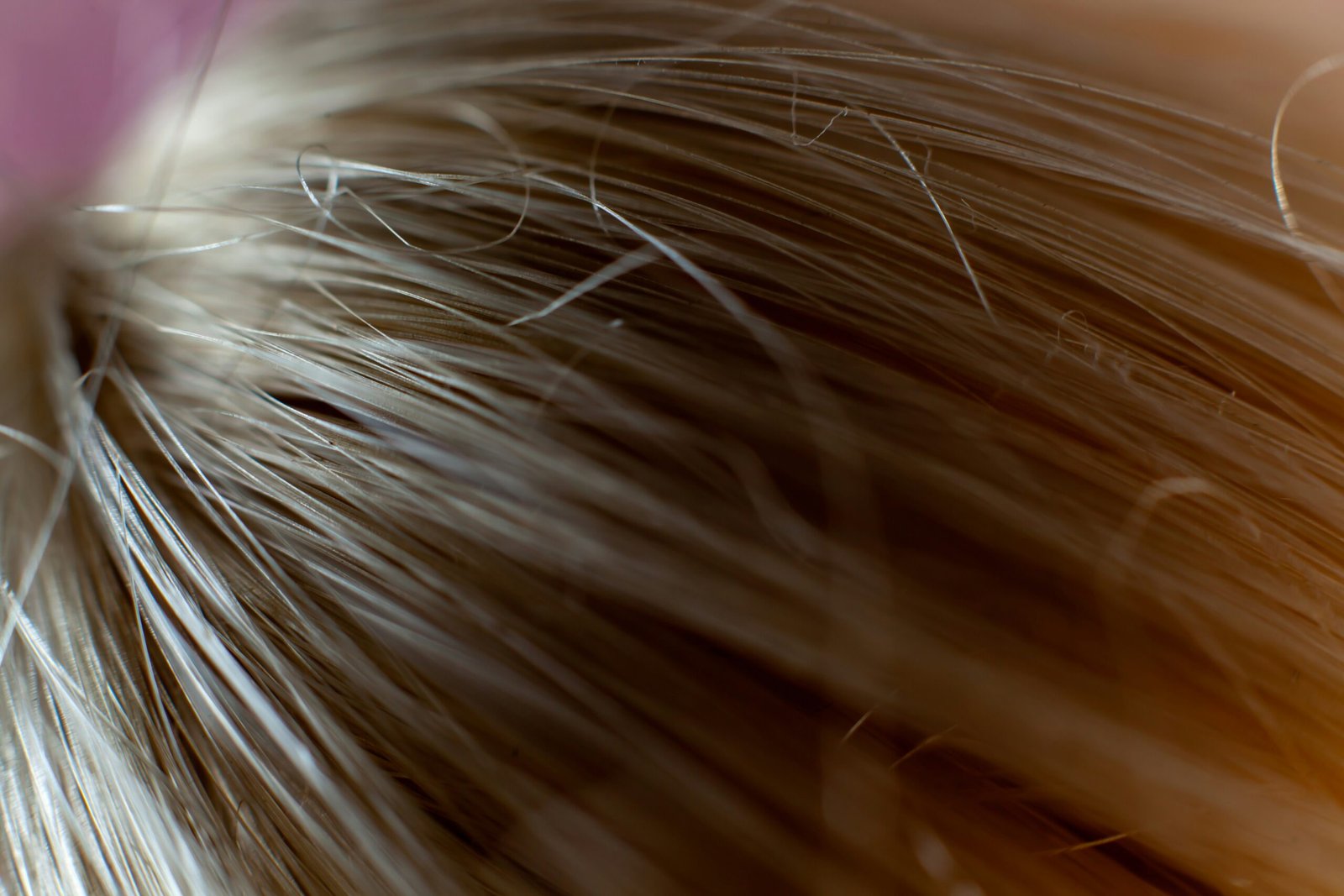Flakes happen. And they’re annoying. They show up on black shirts, on your shoulders, in your brush, and suddenly you’re googling symptoms like your scalp is sending distress signals. The tricky part is that flakes can come from two totally different things: dry scalp or dandruff. And the treatment that fixes one can make the other worse.
So the real win is simply figuring out which one you’re dealing with.
Let’s make it easy.
How to Tell Which One You Have: Dry Scalp or Dandruff
Dry Scalp
This is just skin that’s thirsty and irritated. Think winter-dry skin but on your scalp.
What it feels like:
- Tiny, light white flakes
- Tightness or itchiness
- Worse after washing or in cold weather
Dandruff
Dandruff is linked to extra oil and an overgrowth of a yeast that naturally lives on our scalps. When it gets out of balance, irritation happens.
What it looks like:
- Bigger, thicker flakes (sometimes yellowish or clumpy)
- Scalp feels oily and itchy at the same time
- Redness may appear
- Flakes can show in eyebrows or beard, too
Quick shortcut:
If your scalp feels dry, treat for dry scalp.
If it feels oily and irritated, treat for dandruff.
What’s Really Going On
| Condition | Core Cause | Scalp Feels |
| Dry Scalp | Lack of moisture and a weakened barrier | Dry, tight, itchy |
| Dandruff | Yeast overgrowth fueled by excess oil | Oily, irritated, sometimes red |
Treating Dry Scalp (Hydrate + Soothe)
Your job here is to nurture the scalp, not strip it.
Products that help dry scalp:
Lightweight hydration that doesn’t leave residue.
Everyday hydration that helps calm that tight feeling.
Soothing and refreshing, great for itch relief.
More of a luxury fix when your scalp feels deeply uncomfortable.
Dry Scalp Routine (Detailed and Doable)
Wash 2–3 times per week. Example schedule: Monday, Thursday, Saturday.
On Wash Days:
- Use lukewarm water (hot water = more dryness).
- Shampoo gently with a sulfate-free formula.
- Conditioner goes on mid-length to ends, not your scalp.
- While hair is still damp, apply 2–4 drops of hydrating scalp serum.
Once a week:
Use a scalp mask or gentle pre-wash oil.
Aloe vera or a teaspoon of warm coconut oil works wonders for soothing dryness.
On Non-Wash Days:
If your scalp feels tight, tap on a drop of serum directly where it feels dry.
Avoid:
Clarifying shampoos, harsh scrubs, hot water, and putting conditioner directly on your scalp.
Dryness typically eases within 7–14 days of consistency.
Treating Dandruff (Reduce Yeast + Calm Irritation)
Here we’re focusing less on moisture and more on balancing oil and reducing inflammation.
Effective medicated dandruff shampoos:
A strong option when flakes are stubborn.
Balances treatment and gentleness.
Budget-friendly and reliable.
Good for people who also feel some dryness while treating dandruff.
Dandruff Routine (Clear Plan, No Guessing)
Start with 3 medicated shampoo days weekly. Example: Monday, Wednesday, Saturday.
On Medicated Shampoo Days:
- Wet scalp thoroughly.
- Apply shampoo to scalp only, massage lightly.
- Let it sit 3–5 minutes before rinsing.
- Condition mid-lengths and ends only.
- If scalp feels tight afterward, apply a tiny amount of a lightweight, non-oily serum only to irritated spots.
1–2 times a week:
Add soothing support like aloe vera or Renpure Tea Tree & Rosemary Scalp Serum.
Important:
Avoid heavy oils like coconut oil while treating dandruff. Oils can feed yeast, making flakes worse.
After 2–3 weeks:
Reduce medicated shampoo to once weekly for maintenance.
Not Sure Which One You Have? Use This Hybrid Routine
This protects both conditions while helping your scalp reveal the answer.
Weekly Schedule Example:
| Day | Routine |
| Monday | Gentle shampoo + scalp serum |
| Wednesday | Medicated dandruff shampoo |
| Friday | Gentle shampoo + serum |
| Sunday | Aloe scalp mask |
After 2 weeks:
- If scalp feels drier → follow the dry scalp routine.
- If flakes are bigger / oilier → follow the dandruff routine.
Your scalp will tell you.
What to Expect Over Time
| Timeline | Improvement |
| Days 1–3 | Itchiness begins to calm |
| Week 1 | Flake size or amount begins to reduce |
| Week 2 | Scalp feels more balanced and less reactive |
| Week 3–4 | Results stabilize and stay consistent |
Consistency matters more than the brand name on the bottle.
The Takeaway
Dry scalp and dandruff might look similar, but they’re not the same thing. Dry scalp is thirsty. Dandruff is irritated and imbalanced. Once you know which one you’re dealing with, the treatment becomes obvious and it actually works. Give your scalp a couple weeks of steady care and it’ll calm down, rebalance, and stop yelling at you through flakes.
Your scalp doesn’t need drama. It needs consistency.









